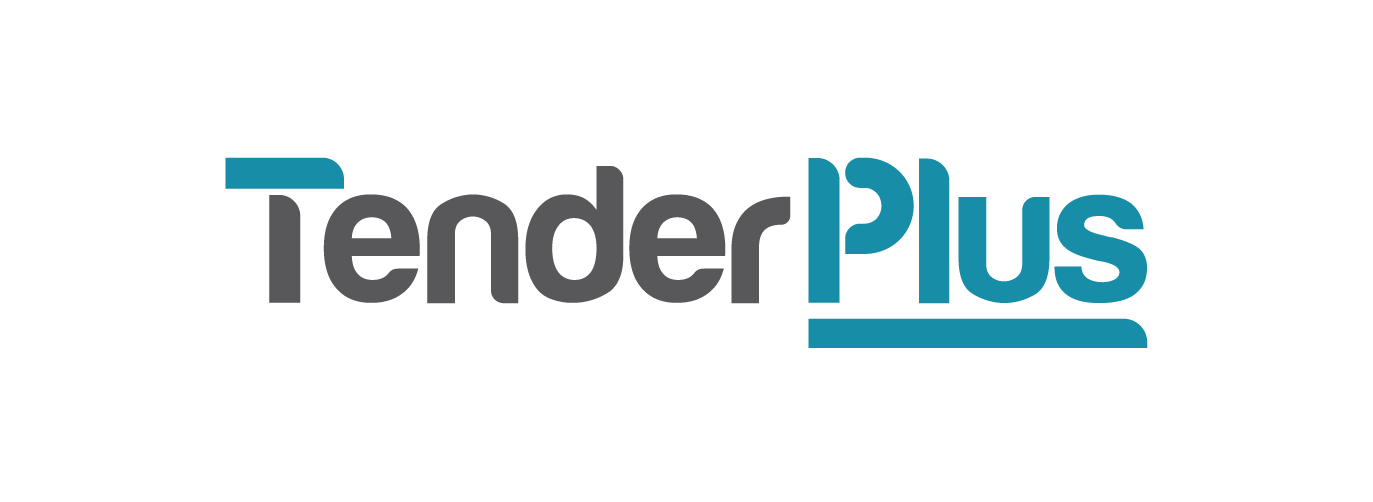5 steps for effective tender drafting and review
Louise Ferguson, Principal Tender Specialist (Perth)
Best practice is defined in the Oxford dictionary as a “working method or set of working methods that is officially accepted as being the best to use in a particular business or industry…”, so what does best practice look like when tenders come in all shapes and sizes?
The fundamentals for effectively drafting and reviewing a tender submission should remain the same, no matter the guise. The actual process is designed for consistency across the entire submission and to ensure tender responses are written in a compelling, compliant way and respond well to the evaluation criteria.
Prior to drafting your tender responses, you will have examined the tender request, confirmed your capability to undertake the project, understand your strengths and differentiators so you can easily communicate your win strategy and developed submission templates. So what now?
1. Establish the process and communicate your plan
A robust process is key to drafting a compliant and compelling response, reducing time-wastage and costs, and increasing your chances of success.
The process will be dictated by timing, complexity of the tender, availability of personnel and internal approval processes. Once agreed, the process, plan and timing must be communicated with the entire team, including reviewers.
2. Commence blueprinting
Whether your tender period is four weeks or six months, it is wise to spend time breaking down each returnable schedule into individual sections, questions or sub-criteria and reviewing any additional documentation provided for additional instructions or requirements. Adding logical sub-headings and notes or comments at this stage will assist the author with where to start, rather than providing a blank page. This is often called blueprinting.
This approach should ensure that all elements of the question are addressed and any requirements listed in the contract, specification and/or evaluation criteria relevant to that question are also covered.
3. Content development
Content development sessions or workshops often follow blueprinting on larger more complex tenders or for multifaceted questions or sections. These sessions allow the team to identify how to best respond to all elements of the question, how agreed key messaging and win themes can be applied and considers different approaches to responding, for example, will narrative alone be enough, or would the response benefit from a matrix, a table or a graphic?
4. Drafting
A standard drafting approach is to use a multi-stage process, depending on the duration of the tender, typically referred to as Bronze, Silver and Gold. This terminology is used for both the drafting phase and the review cycle.
The intent is to see your responses evolve and improve at each stage of the process:
Bronze: Occurs from document release to the Bronze review deadline. Each response document should provide a blueprint for how it will be developed and a clear structure for delivering a compliant response.
Silver: Occurs from post-Bronze review to the Silver review deadline. This is where the bulk of the work happens, progressing both the quantity and quality of content to a fully drafted submission. You are aiming for 80% completion at the end of this stage.
Gold: Occurs post-Silver review to the Gold review deadline. All responses should be 95%-100% complete and should only require minor input and editing after review.
Note: If the tender duration is short, or the tender requirements are less complex, you may opt to use a two stage process, for example Silver and Gold only.
5. Reviewing
The following key elements will add the most value to any review process:
Undertake reviews within a set review period and within allocated documents online (usually in SharePoint). Reviews undertaken via a meeting or video call are discouraged due to the inefficient use of time and resources.
Consider the evaluation criteria and the weighting of documents, as not all documents may need to be reviewed. Priority should be given to those documents that contribute the greatest weighting.
Choose reviewers that are not only available but also know the client and the agreed win themes and overall solution / strategy.
Set clear expectations around the role of the reviewer to ensure the submission is critiqued and also enhanced.
Provide early communication regarding the agreed process and timing to each reviewer.
Have multiple reviewers assigned to each returnable to offer a variety of perspectives, including technical (peer review of the technical solution), strategic (is the response compelling and communicated well) and commercial
Key reviewer expectations include:
Bronze review: Is there a clear blueprint of how the response will be developed and an overall response strategy (bullet points to be developed further)? Opportunities to set the submission apart should also be highlighted.
Silver review: Does the response meet the 80% completion expectation and clearly emphasise benefits to the client, provide evidence supporting the proposed solution, align with project outcomes and provide assurance of risk mitigation where required. Suggestions should be added on how to achieve these points if it is not clear.
Gold: Is the response mostly complete (95%-100%) with only minor input required to finalise and adhere with the expectations listed for the Silver review?
Generally, reviewers should maintain a proactive approach with the ability to make suggestions for additions and improvements to aid progression if required and escalate if documents do not meet completion expectations or where red flags are identified.
Whether you are new to tender management, tender coordination or tender writing, or simply looking to hone your existing skills and practices, I hope that these tips have been helpful.
If you’d like to learn more about us, get in touch. Tender Plus is located in Brisbane, Sydney and Perth, operates nationally, and offers sophisticated tender consultancy services that will boost the quality of your tenders and help you win work.
